Communities In Focus
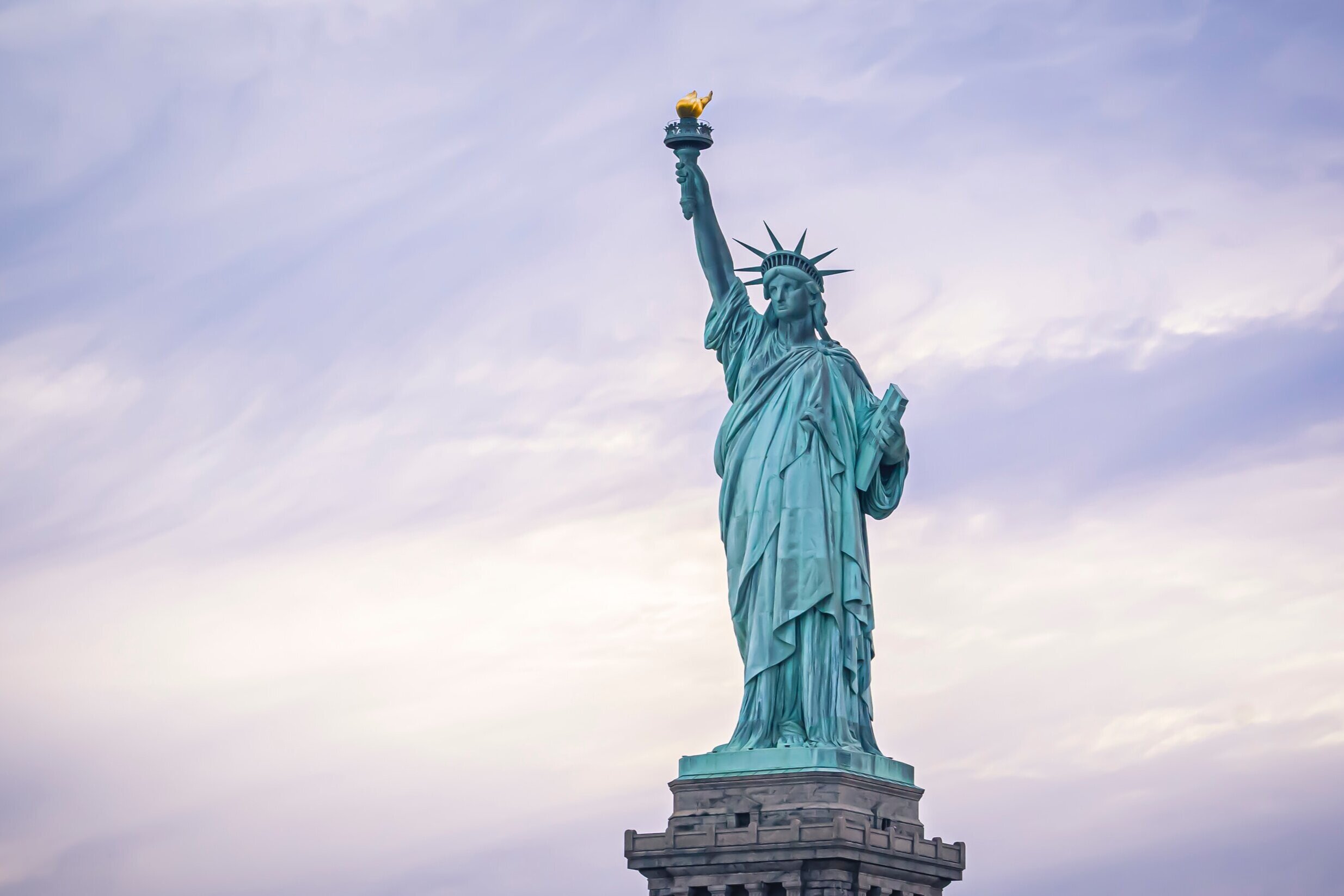
New York
NYC is the largest city in the country and the center of global finance. Income inequality is growing – Manhattan’s finance and service industries are home to numerous skyscrapers, whereas areas of the Bronx, Queens, and Brooklyn have pockets of deep poverty.
While NYC is best known for finance, it maintains a thriving tourism, hospitality, and entertainment industry. The city is also a logistics hub, served by three major airports and the largest port on the eastern seaboard.
This month in New York
Last updated: November 9, 2020
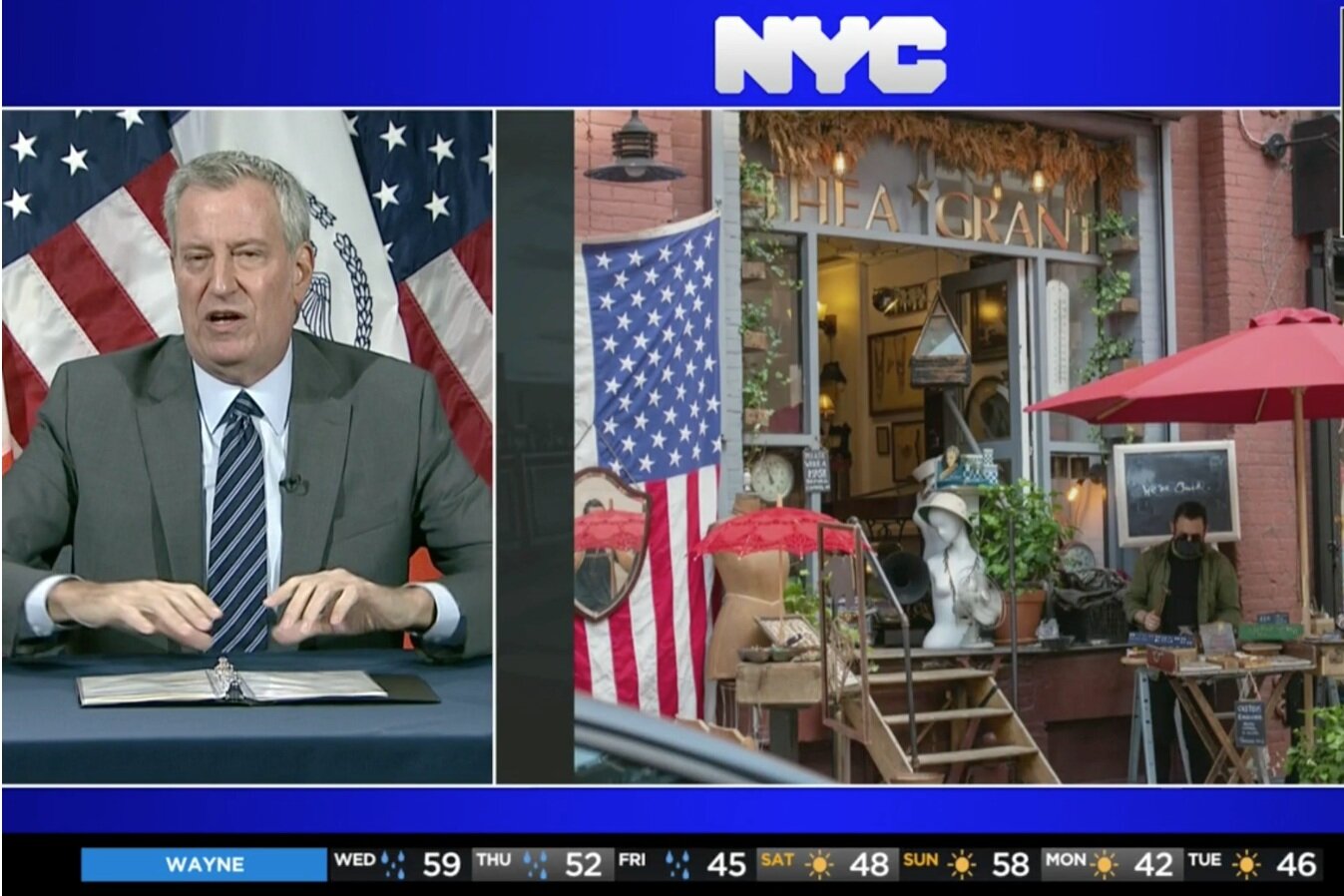
New York City Launches 'Open Storefronts' Program Allowing Businesses To Use Sidewalks, Curb Space
Bill de Blasio is attempting to support small businesses in New York City with a new policy. As the holiday season quickly approaches, stores can have extra space on the sidewalks and curbs to sell merchandise.
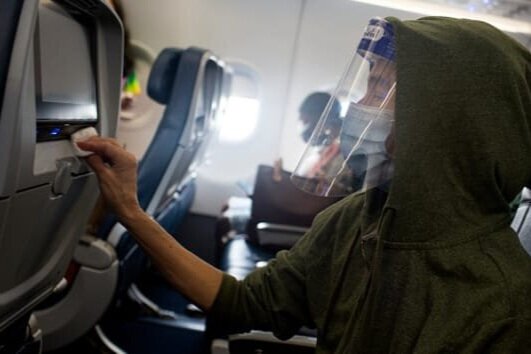
New York City Mayor asks residents to avoid travel out of state during the holidays
Bill de Blasio emphasizes the dangers of traveling and the imperative to avoid a second wave of COVID-19. The holiday season usually causes many Americans to travel to their families. Traveling could ultimately be fatal this year for individuals and the communities in which they live.
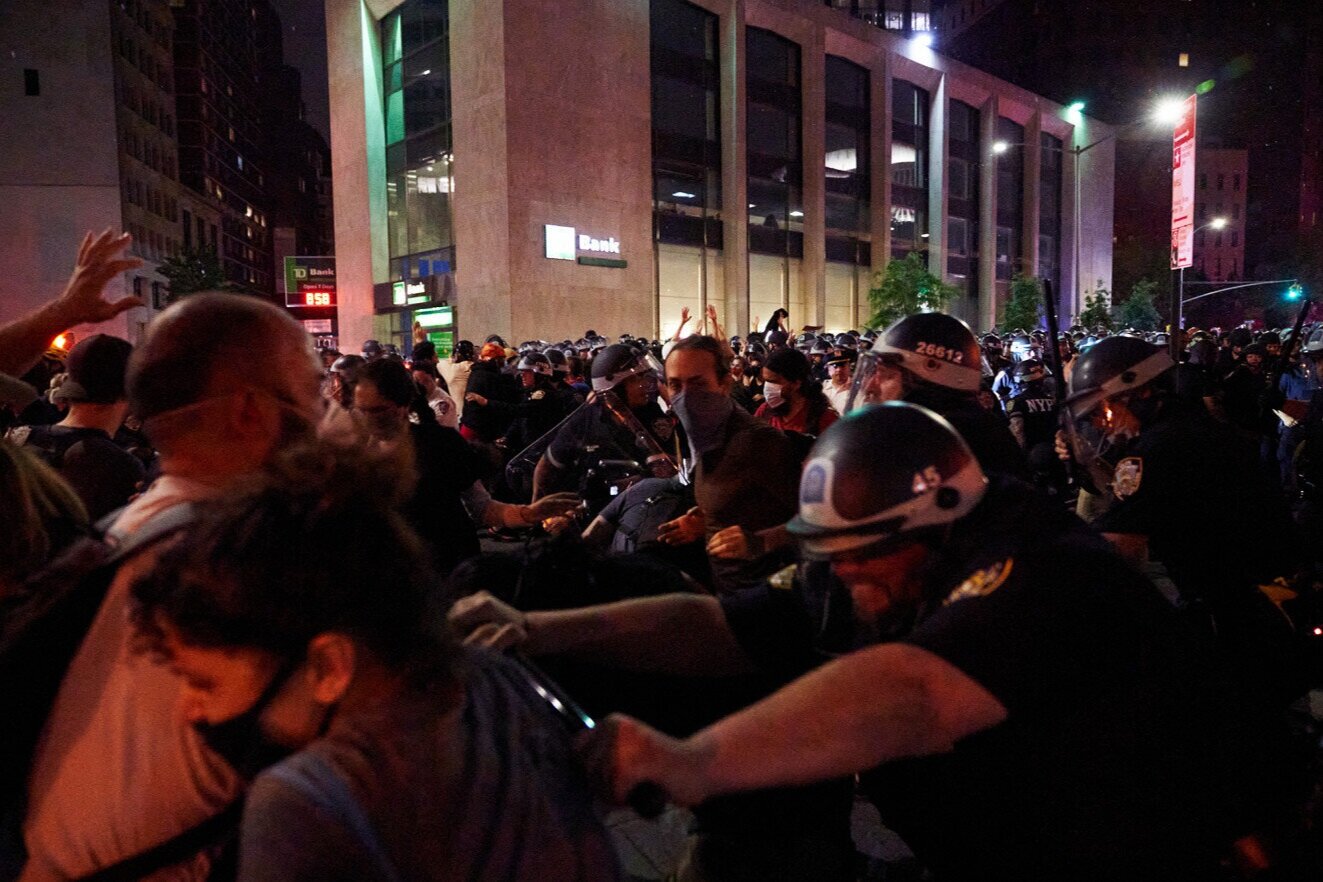
NYC sued for police brutality during George Floyd protests
Protestors are suing NYC and the mayor. Protestors have accused the NYPD and government of state sponsored crime. They say the police caused injuries through excessive force.
Neighborhood Spotlight
Long Island City (LIC), Queens gained national attention in November 2018 when Amazon selected the neighborhood, along with Arlington, Virginia, to serve as its second headquarters. Amazon eventually scrapped plans to enter LIC due to local backlash regarding $3.4 billion in tax incentives and grants offered to the company and the threat of gentrification.
NYC Race Map 2010
Swipe right to view 2010 map, swipe left to view 2018 map

After Amazon pulled out, a variety of companies remained attracted to the area’s unique qualities: a diverse workforce, proximity to Manhattan and Brooklyn, and easy access to airports and public transportation. According to the city’s 2018 Community Health Profiles, LIC and Astoria – considered as one area in the report – is one of 17 NYC neighborhoods undergoing gentrification.
The report notes that the neighborhood is 29 percent Latinx, with 25 percent of residents having limited English proficiency and 40 percent born outside of the U.S. Forty-seven percent of residents are rent burdened and only 46 percent of renter-occupied homes in LIC and Astoria are adequately maintained by landlords.
In August, NYC released more than 1.46 million COVID-19 antibody test results. The lowest citywide infection rate – at 12.4 percent – was in a small section of LIC, in contrast with nearby Elmhurst being the pandemic’s epicenter in NYC.
Government
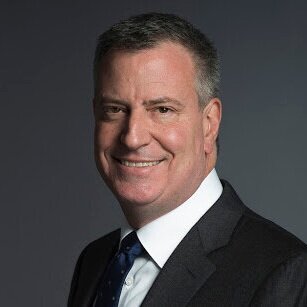
MAYOR BILL DE BLASIO
In 2013, Bill de Blasio was elected mayor with 49 percent of the vote as the first Democrat since 1989. In 2017, Mayor de Blasio was reelected without a challenging primary or general election.
Mayor de Blasio ushered in a slew of progressive legislation, campaigning on a “tale of two cities.” Under his tenure, the city has raised the minimum wage, expanded sick leave, established universal pre-K, raised taxes to fix transit systems, reformed police procedures, and imposed mandates for housing the homeless.
De Blasio’s police reform has earned him the NYPD’s enmity; at one point, 95 percent of officers rated him poorly. De Blasio has faced criticism on the other side as well for refusing to fire the officer responsible for Eric Garner’s death in 2014.
De Blasio previously served on City Council representing the 39th District and as Public Advocate.
2021 City Budget
NYC adopted an $88.1 billion budget for 2021. The economic disruption caused by COVID-19 triggered a recession for both New York State and City. The decrease in state aid, City Council initiatives, and additional agency expenditures caused an $8.33 billion shortfall in the 2021 budget.
Mayor de Blasio stated the city might have to lay off or furlough 22,000 municipal workers this fall. Additionally, the MTA announced it would suspend its $54 billion plan to modernize the city’s transportation system.
After citywide protests following the police killing of George Floyd, City Council approved a $1 billion cut to the NYPD.
Economics
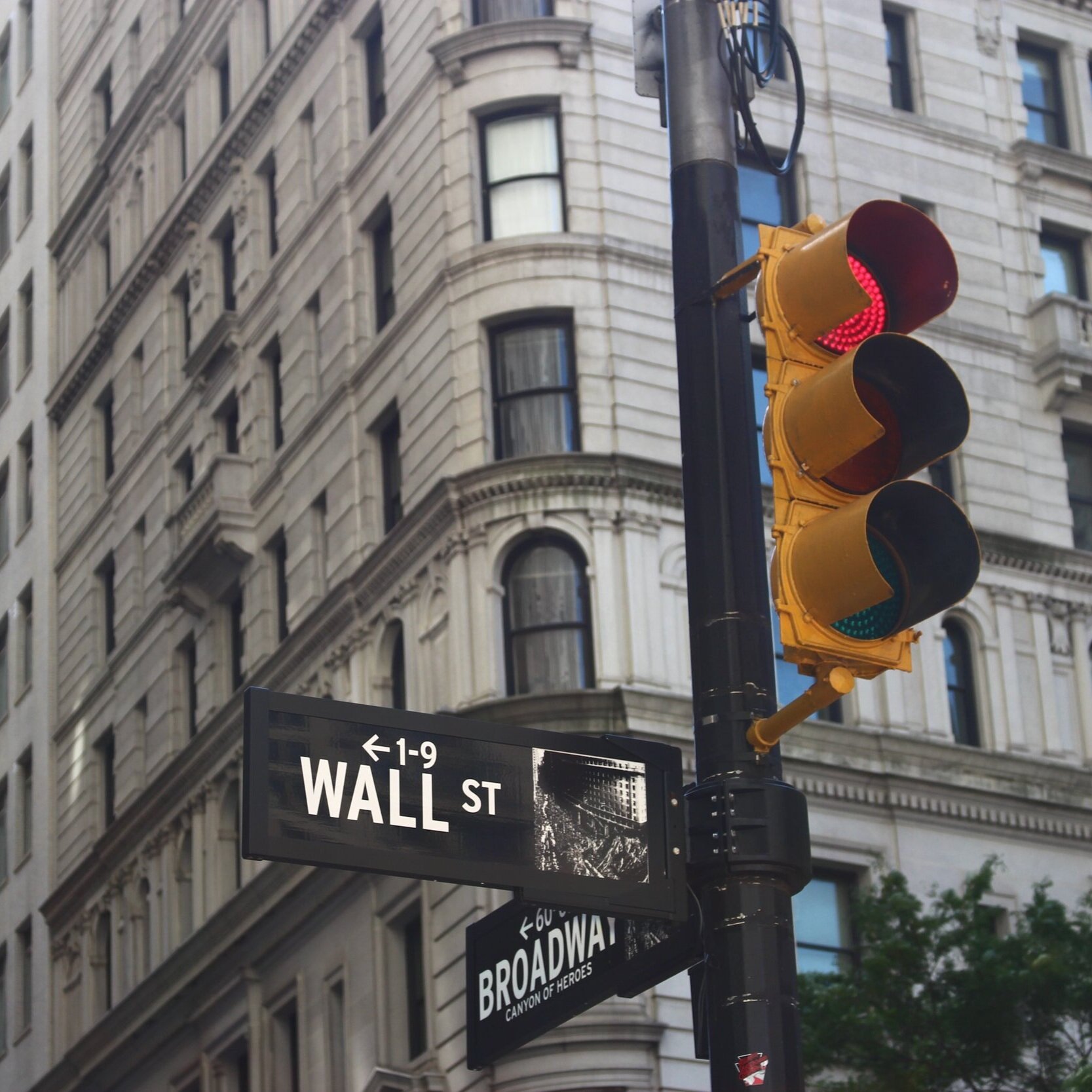
NYC ranked first on the Global Financial Centres Index’s 27th edition, a report that measures the world’s leading financial centers.
On June 9, all of New York State’s ten regions began a four-phase economic reopening process, known as New York Forward, following the statewide Policies Assure Uniform Safety for Everyone (PAUSE) ordered in response to COVID-19. NYC was approved to enter Phase Four on July 20.
Industry
JP Morgan Chase and Citigroup are two of the largest private employers in NYC. The financial sector has slowly recovered from hits after 9/11 and the 2008 financial crisis – pretax profits returned to the highest levels since 2010 and the finance industry grew 6.3 percent in 2019. The city’s leisure & hospitality industry was the second leading producer of job growth between 2009 and 2018, accounting for nearly one-fifth of all jobs added during this period.
Once considered a leading contributor to the finance industry, NYC’s real estate sector saw a nine percent workforce loss from August 2019 to August 2020. While the workforce increased 1.7 percent between July and August 2020, indicating leasing activity has resumed since the pandemic’s peak, the median rental price is 4.8 percent lower than last year. Units in larger buildings have been particularly difficult to sell due to concerns about crowded elevators and shared lobbies.
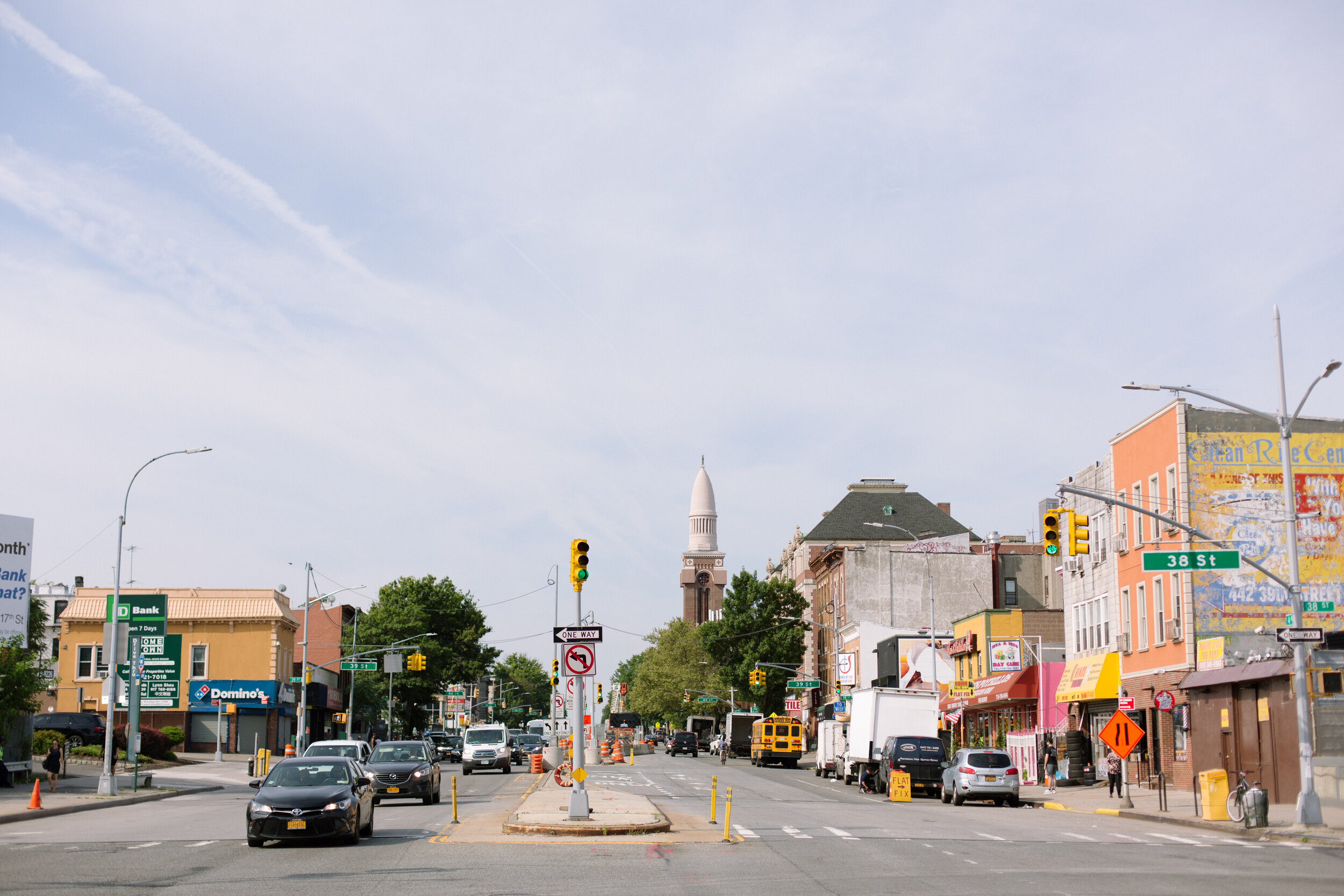
As NYC emerges from the COVID-19 shutdown, the city’s small businesses - which generate more than three million jobs – are facing months of missed rent payments. A survey from the Brooklyn Chamber of Commerce found 46 percent of businesses missed their May rent payment. Many small business owners will be unable come back at all.
Workforce
The city's unemployment rate was 16 percent in August 2020, 12.2 percent higher than in August 2019. The city reached a peak unemployment rate of 20.3 percent in June 2020.
The city’s private sector jobs fell by 14.9 percent year-over-year compared to August 2019. Losses were widespread in the leisure and hospitality industry, professional and business services, and trade, transportation and utilities.
Community
NYC is a dominant global finance center. Nevertheless, the city has a poverty rate of 18 percent, more than one-third higher than the national rate.
There is a distinct racial divide in the city. The poverty rate among white New Yorkers is 13 percent, 16 percent for Asians, 21 percent among Black residents, and 24 percent for Latinx individuals. Racial tensions are also a challenge facing the city. In 2014, New York Police strangled Eric Garner, a Black man in Staten Island, for selling untaxed cigarettes, causing widespread outcry in the city and well beyond.
Homelessness
Poverty
COVID-19 has threatened housing security for many New Yorkers, four in ten of whom are already homeless or severely rent burdened. Ichor advisors have highlighted homelessness and housing as some of the city’s most pressing concerns. They noted that immigrants and seniors are disproportionately affected.
The NYC subway is the community’s backbone, with about 5.5 million daily riders. However, in 2017, Governor Cuomo declared a state of emergency and announced an additional billion dollars for the MTA’s capital plan for repairs to reform the agency.

